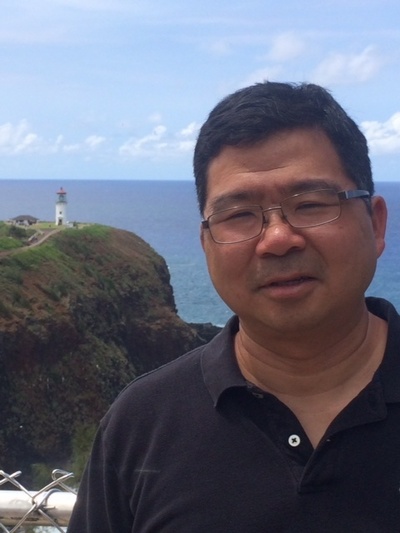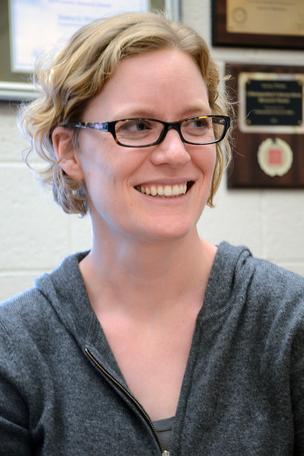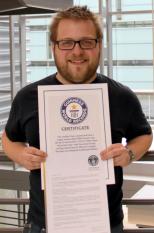CEM congratulates Director P. C hris Hammel on his election to the Physics Section of the American Association for the Advancement of Science. His term on the Physics Electorate Nominating Committee will begin February, 2016.
hris Hammel on his election to the Physics Section of the American Association for the Advancement of Science. His term on the Physics Electorate Nominating Committee will begin February, 2016.
Author Archives: rpage
Roland Kawakami named American Physical Society Fellow
The CEM congratulates Professor  Roland Kawakami (IRG-2) for his Fellow nomination in the American Physical Society. Kawakami was nominated by the Topical Group on Magnetism (GMAG), “For pioneering advances in understanding the magnetic properties of graphene, including mechanisms of spin lifetime and spin transport, and the role of adatoms in magnetic moment formation.”
Roland Kawakami (IRG-2) for his Fellow nomination in the American Physical Society. Kawakami was nominated by the Topical Group on Magnetism (GMAG), “For pioneering advances in understanding the magnetic properties of graphene, including mechanisms of spin lifetime and spin transport, and the role of adatoms in magnetic moment formation.”
Assoc. Director Jessica Winter Honored in “Forty Under 40”
 CEM Associate Director, Dr. Jessica Winter, was selected by Columbus Business First for its annual Forty Under 40 awards program. Out of more than 350 nominations, Winter was recognized as an up-and-coming professional and community leader for the city of Columbus. Read more at Columbus Business First.
CEM Associate Director, Dr. Jessica Winter, was selected by Columbus Business First for its annual Forty Under 40 awards program. Out of more than 350 nominations, Winter was recognized as an up-and-coming professional and community leader for the city of Columbus. Read more at Columbus Business First.
Script Ohio from DNA Origami in The Guinness Book of World Records
MAE PhD candidate Mike Hudoba,  student of Dr. Carlos Castro (previous CEM Seed), will be included in the 2016 Guinness Book of World Records for his work creating Script Ohio from DNA origami. Hudoba will be included for using biological materials to create the smallest logo ever made. Read the full article here.
student of Dr. Carlos Castro (previous CEM Seed), will be included in the 2016 Guinness Book of World Records for his work creating Script Ohio from DNA origami. Hudoba will be included for using biological materials to create the smallest logo ever made. Read the full article here.
Andrew Heckler Awarded 2015 Impact Grant
Prof. Andrew Heckler, CEM Education and Outreach Director, has been selected  as a recipient of the 2015 OSU Impact Grant from OSU Office of Distance Education and eLearning (ODEE). Prof. Heckler and his team will extend and improve an online platform that enables introductory physics students to practice fundamental mathematical skills.With 6,000 students piloting and ODEE support, the system will be extended to include additional materials, designed for a better user experience, integrated with other campus systems, and made fully accessible for students with disabilities.
as a recipient of the 2015 OSU Impact Grant from OSU Office of Distance Education and eLearning (ODEE). Prof. Heckler and his team will extend and improve an online platform that enables introductory physics students to practice fundamental mathematical skills.With 6,000 students piloting and ODEE support, the system will be extended to include additional materials, designed for a better user experience, integrated with other campus systems, and made fully accessible for students with disabilities.
The official announcement is here, and you can learn more about Impact Grants here.
